Care of Animals
Like human beings and plants, it is also important to take protection and care of animals.
We know, there are two kinds of animals - (i) domestic and pet animals
(ii) wild animals
Both should be cared for in different ways.
(i) Care and protection of domestic and pet animals:
Cow, buffalo, goat, hen, etc. are domestic animals. They are helpful in
many ways. They provide us milk, meat, eggs etc. Bullocks, horses, camels etc.
are used for ploughing, carrying goods, conveyance from one place to another, etc.
Dog, parrot, pigeon, rabbit, fish, etc. are pets serving different purposes i.e.
for amusement; keeping guard etc.
We need to take care and arrange them their convenient living. We should
provide them with comfortable and safe dwelling place. Sheds for domestic
animals should be made airy and lighted. These animals should be protected from
sun-stroke in summer and cold-wind in winter.
Domestic animals should be kept clean and their wastes, i.e. dung etc. should
be promptly removed from the shed and be properly disposed of. The wastes
should be utilized for making manure or bio-gas or dung cakes.
Domestic animals should be given nutritive food or fodder. Green fodder is a
prime necessity for domestic animals. They should also be given clean water to
drink. Dirty or polluted water may cause damage to their health. There should
be arrangement of water for their wash or bath also.
Sick animals should be treated properly with medicines according to the advice from a veterinary doctor.
(ii) Care of wild animals:
Animals that live away from habitation are known as wild animals. Some of the
wild animals, like elephant, deer, etc. are plant eaters while others like
tiger, lion, wolf etc.
are fresh eaters. The plant-eating animals depend upon plants white
f1esh-eating animals depend upon plant-eating animals. A balance is maintained
in the nature between plant-eaters and flesh-eaters. We may explain it as
follows:-
Decline in the number of any kind of animals disturbs the food chain. If there
are no plant eaters, the flesh eaters will die with hunger. Excessive hunting
of any kind of wild animals also disturbs the food chain.
Some wild animals like tiger, lion, deer, snakes, etc. are hunted for their
skins. Some wild animals like deer, pig, etc. are hunted for their meat. The
government has prohibited the killing of wild animals.
Large-scale destruction of forests caused by cutting down of trees or fire may
render the animals, homeless. That is why there are strict laws against cutting
down of green trees or hunting wild anirna1s. Shelters and food for the wild
animals are provided by protecting the forests.
Some useful steps have been taken by the government to protect wild life. Many national parks and wild life sanctuaries have been set up for conservation of wild life and environment.
From Care of Animals to HOME PAGE
Recent Articles
-
What Is Plasma? | Blood Plasma | Proteins | Nutrients | Cholesterol
Nov 07, 25 10:29 AM
Blood is a mobile fluid which is a connective tissue and is derived from the mesoderm like cell any other connective tissue. Colour of blood is reddish and that flows inside the blood vessels by means… -
Disorders of Respiratory System | Tuberculosis | Pleurisy | Emphysema
Oct 28, 25 11:39 PM
Tuberculosis is very common disease and is caused by a type of bacteria called Mycobacterium tuberculosis. This disease causes different trouble in the respiration and infection of several parts of th… -
Regulation of Respiration | Respiratory Centres | Inspiratory Area |
Oct 14, 25 12:13 AM
Respiratory Centre is the area that controls the rate of respiration and it is observed to be located in medulla oblongata and pons. Respiratory Centre has the following will dispersed components like… -
Explain Transport of Gases | External Respiration | Tissue Respiration
Oct 09, 25 11:35 PM
In humans gaseous exchange is completed in the following ways the steps are - External Respiration or Breathing - Breathing in false taking in of Oxygen and giving out of carbon dioxide in the body. M… -
Kind and Number of Teeth | Location of Teeth in Mouth | Care of Teeth
Sep 11, 25 12:52 AM
Kind and Number of Teeth
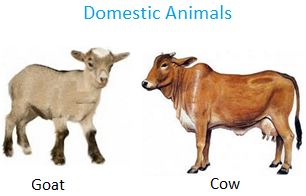
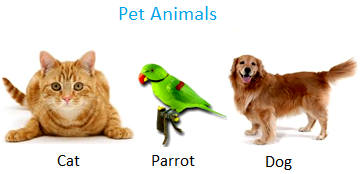
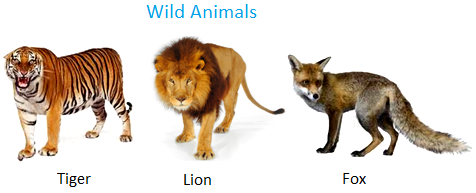

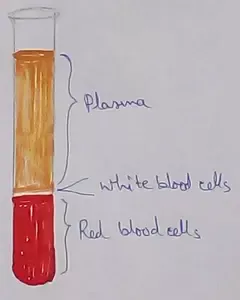
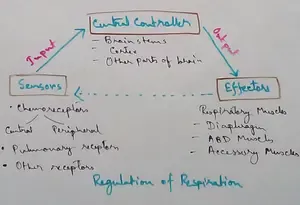
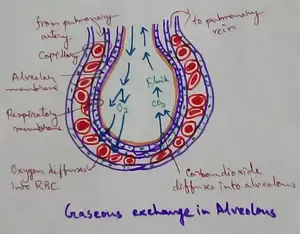

New! Comments
Have your say about what you just read! Leave me a comment in the box below.